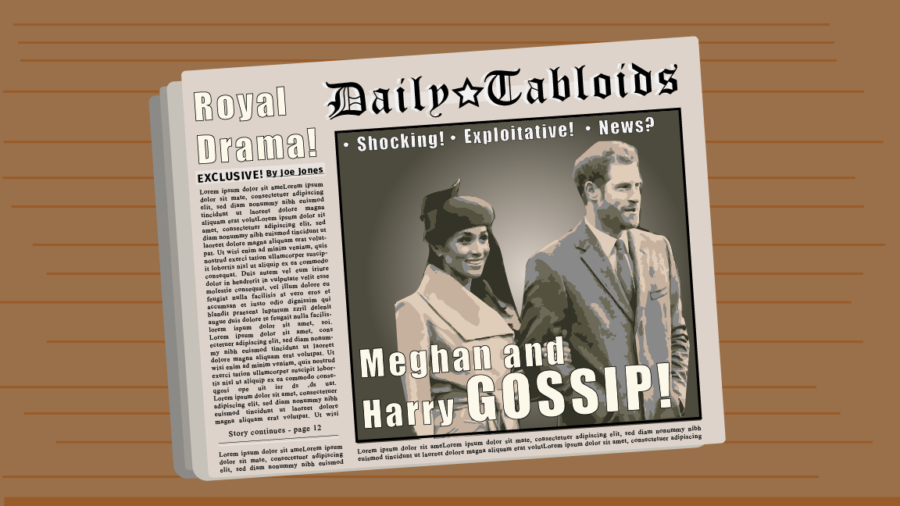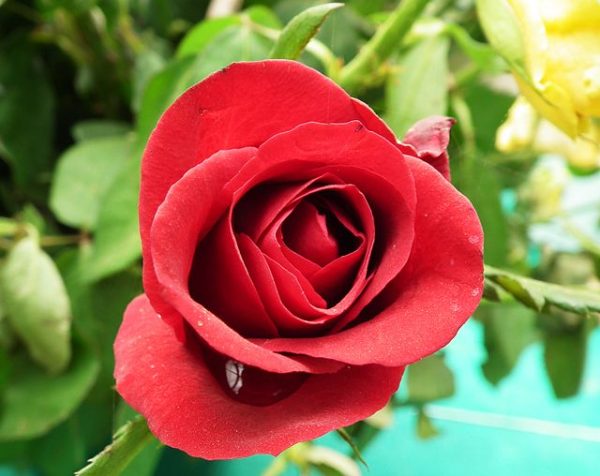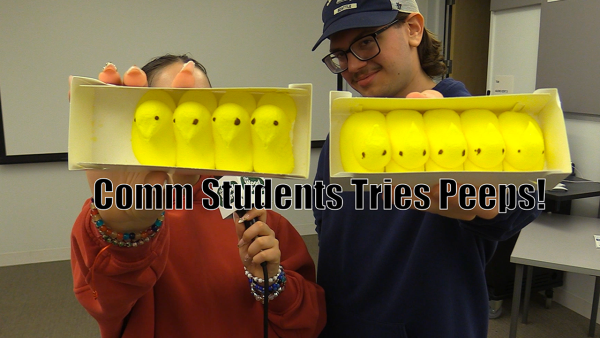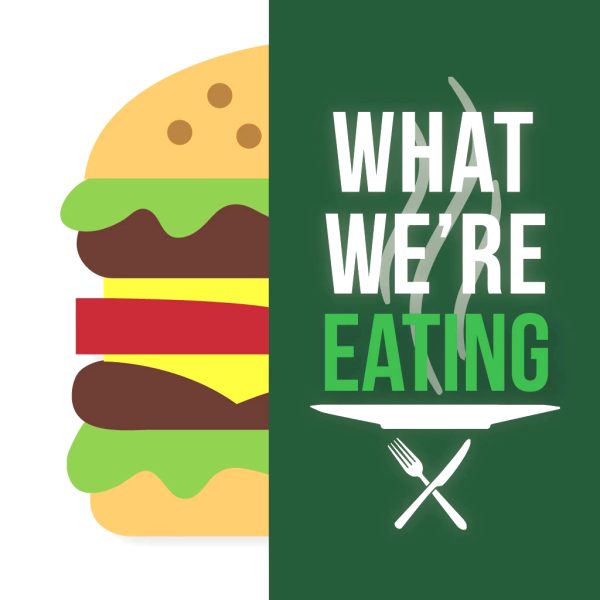Opinion: Harry & Meghan reveals sexist nature of tabloids
Photo credit/ Jennifer Flynn
The recent Netflix limited series exposes the harsh reality of how media outlets scrutinize women.
In the Netflix original series “Harry and Meghan,” the Duke and Duchess of Sussex told the story of their relationship as well as intimate and vulnerable details about the way that the British press treated Meghan and the effects it had on her mental health.
The show starts with a romantic story of a modern-day fairy tale; a couple falling in love via Instagram DMs. However, concurrent with scenes of a husband and wife describing the circumstances under which they met, a darker storyline is revealed.
Persistent and Dangerous Paparazzi
Harry was no stranger to photographers and tabloids, being born into one of the most famous families in the world. However, after word of Harry and Meghan’s relationship went public, Meghan’s world completely changed. Paparazzi hounded Meghan and her family members; sleeping in cars outside of Meghan’s home, following her mom’s vehicle, and harassing her friends and neighbors for information or a photograph.
In episode 2, Meghan’s “Suits” co-star Silver Tree recalls photographers attempting to find Meghan on set and take pictures of her, going as far as to offer production assistants money for call sheets so they could find out when Meghan would be on set and breaking into the actors’ trailers.
“It started feeling a little bit dangerous for her,” said Tree.
Paparazzi attention seems typical for someone who is romantically involved with a prince, but the story takes a turn when the show explains that the paparazzi harassment was only the beginning of the scrutiny Meghan would endure.
If photographers all of a sudden surrounded your house 24/7, hounded your loved ones for information about you, or showed up to your place of work and harrased your co-workers, wouldn’t you feel uncomfortable? In this day and age, celebrities being swarmed by paparazzi is nothing out of the ordinary, but sometimes we forget that celebrities are human beings too and constant harassment would probably upset anyone, despite your occupation or who you’re married to.
The ‘Gold Digger” Trope
Episode 3 highlights an article that plays into the “gold-digger” trope, a cliche that insinuates that if a woman marries a man that is wealthy, she must be using him for his money. In the article published in November 2016, shortly after news of Harry and Meghan’s relationship went public, Meghan’s half-sister told popular British celebrity gossip magazine The Mirror that Meghan was “shallow” and “narcissistic.” The author, Steve Robson, calls the comments a “scathing personal attack.”
The gold-digger trope is almost always applied to women, and its ironic this article about a black woman is written by a white man. Sesali Bowen for Refinery 29 makes a fascinating connection about black women and the gold digger trope that reveals the racism and sexism that perpetuate the stereotype. It’s important for us to recognize as viewers that these stereotypes and tropes may seem harmless, but can actually be rooted in harmful biases.
“Controversial” Issues
Also in Episode 3, the couple recalls the first Royal Foundation Forum which was attended by Meghan and Harry and the Prince and Princess of Wales. Meghan was asked by the moderator about her previous work with organizations that championed the empowerment of young women, and how she would continue that work through the Royal Foundation. Meghan gave an insightful response about how women should feel empowered to use their voices and others should be encouraged to listen. She mentioned that society should continue to empower women, especially in today’s climate of social movements such as MeToo, an anti-sexual harassment organization. Meghan’s brief comment resulted in her being accused of using the royal family as a “soapbox” to promote “feminist propaganda” by Daily Mail.
Instead of focusing on Meghan’s message of female empowerment, Daily Mail accused her of using her husband’s family for her own personal gain. In doing so, Daily Mail not only disregards Meghan’s message, but essentially criticizes a woman for using her voice- the exact thing Meghan was speaking out against and by doing so, may indirectly cause female readers to feel discouraged from using their own voices.
Double Standards
Probably the most shocking thing that the couple reveals about the British press is the difference in the way the press presents Meghan versus the way it presents Princess Catherine. Episode 4 includes clear examples of the double standards that Meghan was subjected to. In a 2019 article published by Daily Mail, Meghan is criticized for touching her baby bump. The article questions if Meghan is cradling her stomach out of vanity and even insinuates that she’s “acting”. However, just a year earlier, The Daily Mail published an article about Kate “tenderly” cradling her pregnant belly. Kate is described as “radiant” and “glowing”. This may seem like a coincidence, but the show points out several other examples of a clear difference in the way that Kate and Meghan were portrayed by news outlets. While Meghan was scrutinized, Kate was praised.
At first glance, this hypocrisy is hard to understand. Why is Meghan treated so differently than Kate is treated? Well, for starters, Meghan could be perceived by British media as “an outsider.” She’s an American, with a very different upbringing than Kate. Kate comes from an affluent British family and Meghan was raised by divorced parents from Los Angeles; certainly different worlds and cultures.
It also cannot be ignored that race could be playing a huge role in the difference in the treatment of the two women. Because Meghan is mixed race, she was subjected to several instances of criticism that Kate was not. While it’s true that tabloids are notorious for criticizing anyone and everyone, racism of any form should be reprehensible.
Our Role as Viewers
We all know that tabloids have a reputation for sensationalizing, over-dramatizing, or stretching the truth to sell newspapers, but what’s upsetting is that there are people that actually believe the content they consume via tabloids is true. David Olusoga, British historian and author of “Black and British,” is featured several times throughout the series and introduced a concept called the “outrage industrial complex.” Olusoga explains that outrageous stories elicit engagement which then elicits profits for newspaper companies.
As consumers of media, it’s important to look critically at how news outlets depict women, especially women of color, and use our best judgment to decide whether or not the sources are credible and if the organization is committed to sharing the truth, or if they are pushing discriminatory narratives in an effort to make money.
Contact the writer: [email protected]
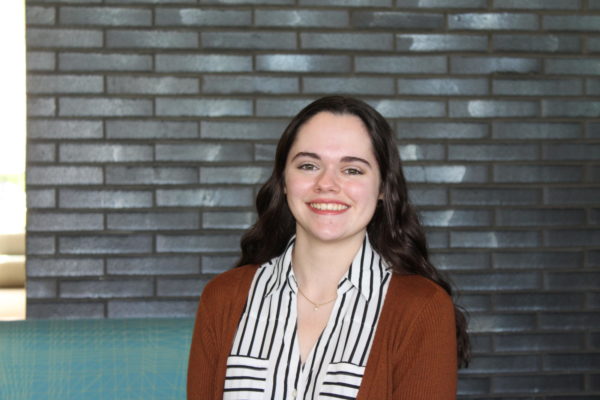
Madeline Adams is a junior multimedia communications major and is the Editor in Chief for The Wood Word. She is a DJ for Marywood's own, VMFM 91.7, and...



